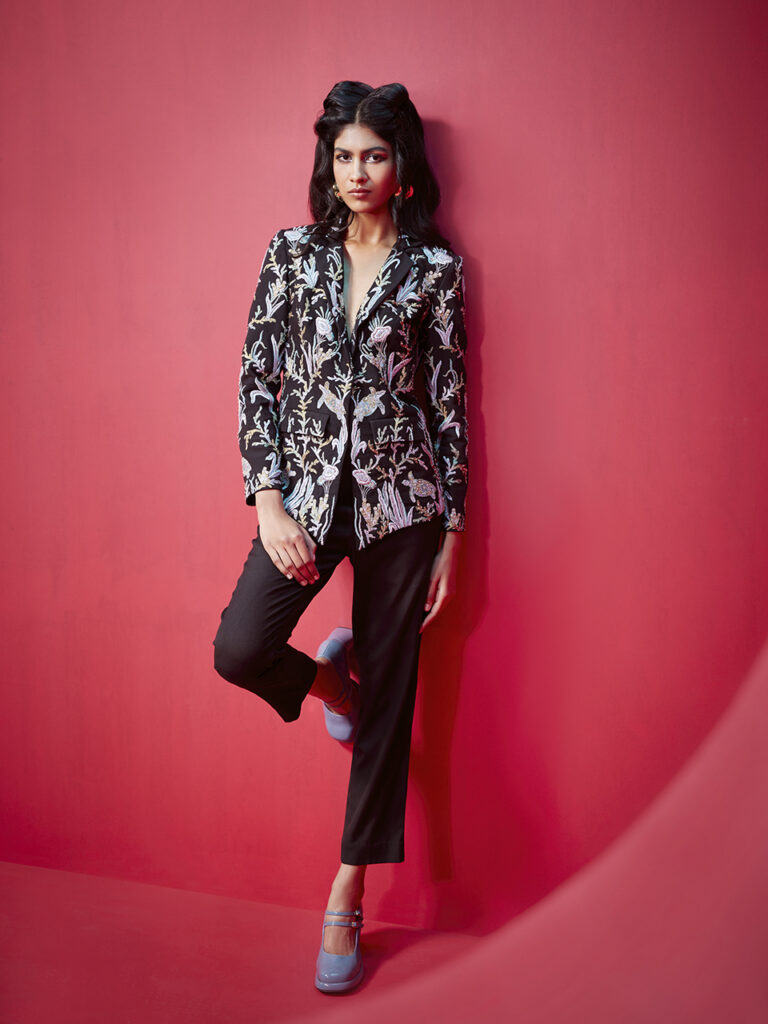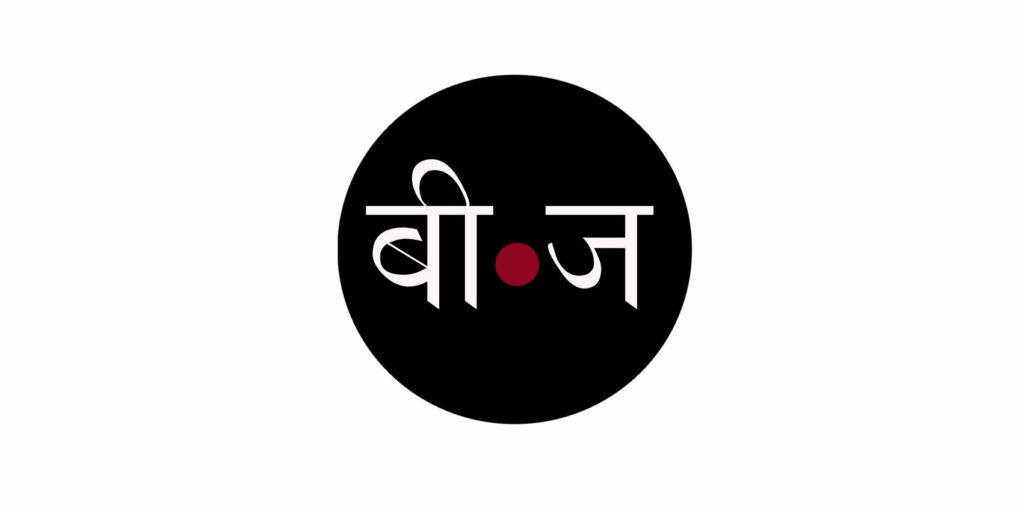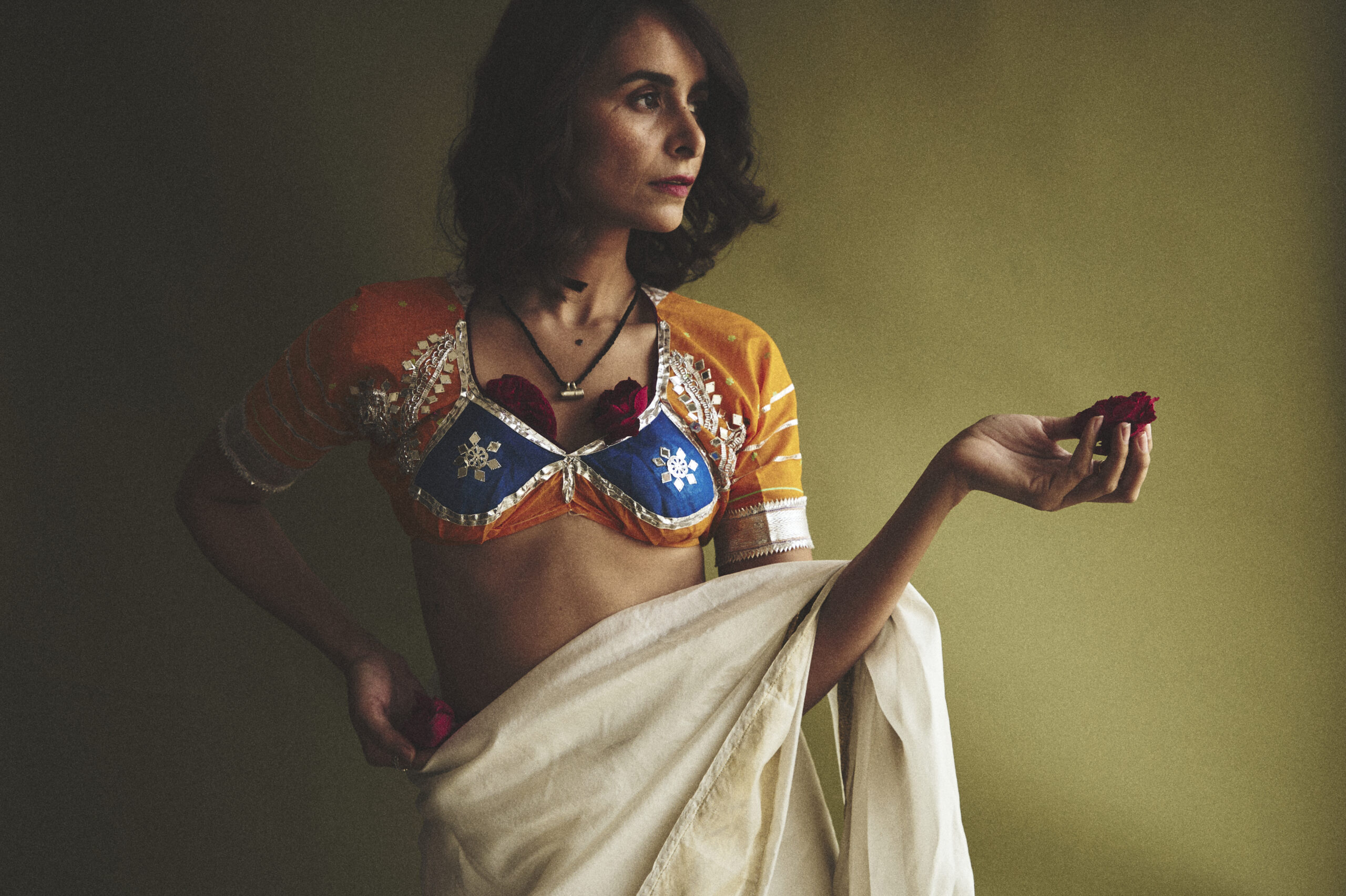Can Sustainable Fashion be Glam for a Night Out?
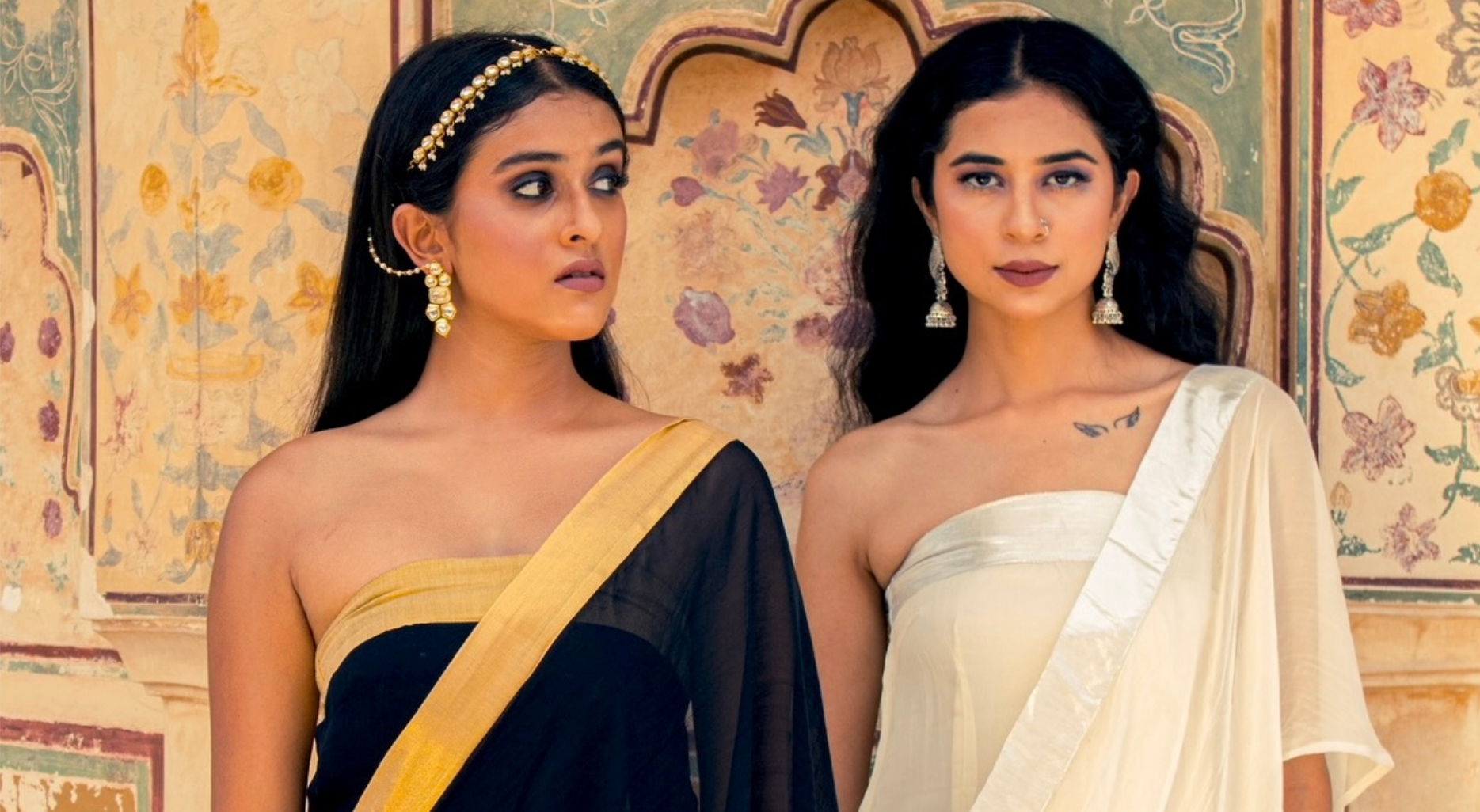
Accused of being too dowdy for the spotlight, sustainable fashion is now stealing the show at parties
For years, conscious togs have been derided for being shapeless sacks that don’t serve at soirées.
Well, times have changed, and so have we.
Eco couture is bringing in longevity, ethics, luxury and desirability to prêt.
Beejliving speaks to the industry to discover sustainable fashion styles that sparkle sand about challenges that dull their sheen.
Ananya, Co-Founder, All Things Black and White
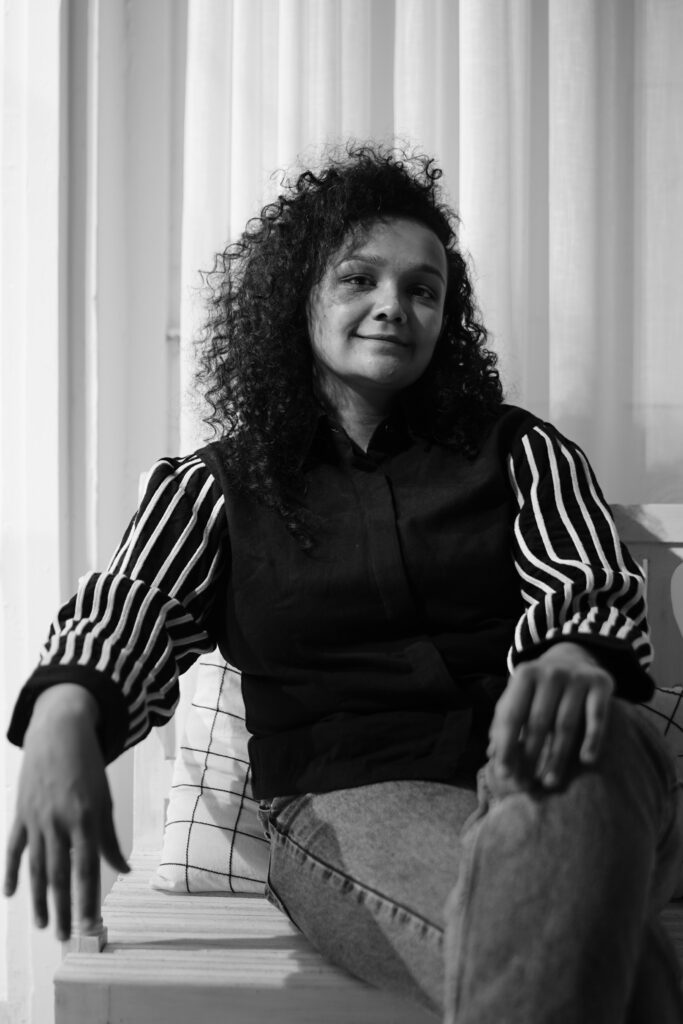
When it comes to sustainable party wear, there are a lack of options for the consumer in terms of variety, sizing and affordable pricing.
The main challenge in sustainable brands competing with fast fashion brands who have a lot of options at competitive prices. As a designer, I have also faced questions and comments that go thus, “Why is this so expensive?” or “I can find similar options at Zara” etc.
What customers fail to understand is the difference in materials, the extra production time and our made-to-order customisations on offer. This makes our back end costs higher.
Also, party wear is subjective. Some customers need a little bit of bling and others look at silhouettes. We compensate on one or the other by introducing a new silhouette or embroideries.
A palette of black and white doesn’t restrict our creativity or variety. I feel it offers a wide spectrum to play with. Black and white allows us to expand on the variety and styles and work harder. It helps us reduce waste since everything is procured in just these two colours and leftovers are easily reused. The dyeing process is also significantly reduced.
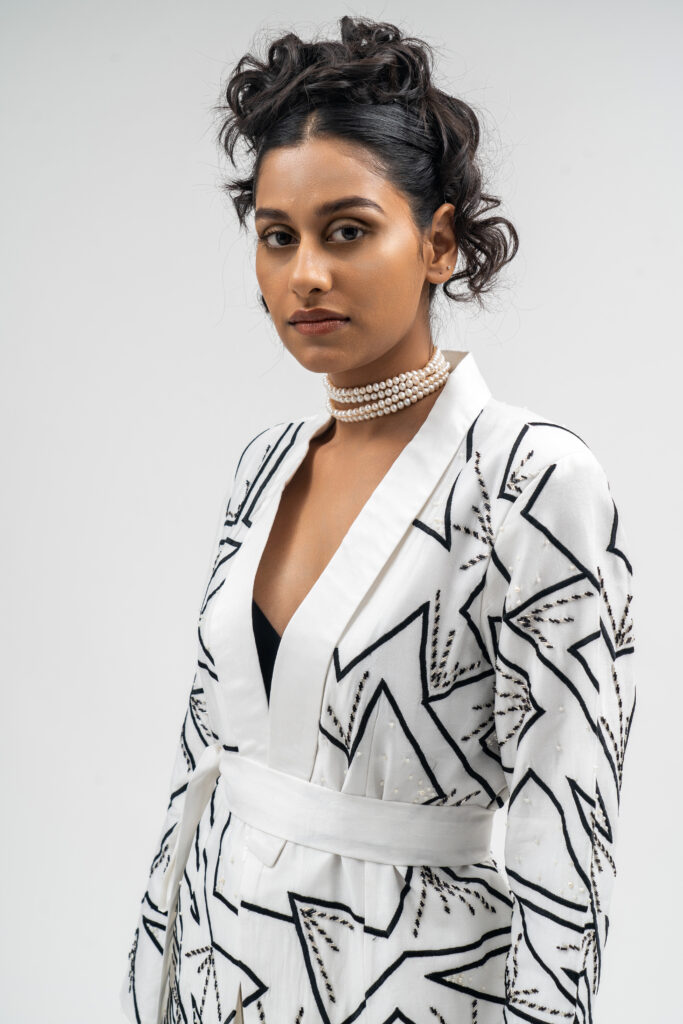
Maggie Chan, Founder, Om Chandra Om

There’s a lingering perception that sustainable fashion is less trendy or accessible compared to fast fashion, which can deter some consumers. Which is why we need more designers to design their apparel to be more innovative and appealing to the masses that makes sustainable and social-conscious brands as desirable as fast fashion labels.
Om Chandra Om is transforming heritage threads for modern women, transforming ethnic wear into a versatile, stylish, and eco-friendly garment that can be enjoyed globally while supporting ethical practices and empowering communities. We are reinventing the traditional saree to make it more accessible and versatile for both Indian and international wearers. Our approach ensures it is not just a one-time wear but a practical and stylish choice for various occasions.
Sustainable brands tend to be smaller, boutique-like, and follow slow fashion principles, which means they produce fewer collections and pieces. Consequently, they lack the extensive marketing budgets that larger, fast fashion brands possess, limiting their visibility and consumer awareness.
Additionally, fast fashion brands benefit from economies of scale, allowing them to dominate the market. Strategies such as digital marketing, partnerships, innovations can help shift perceptions.
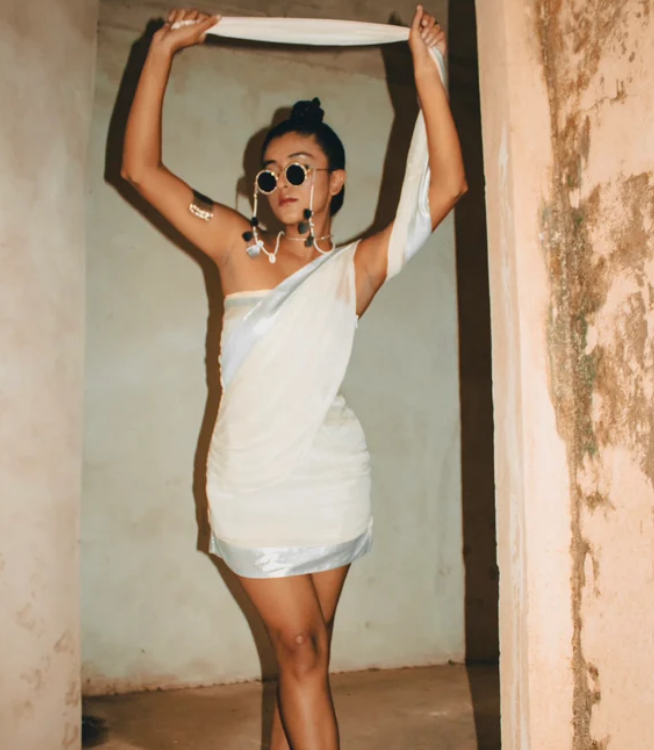
Mariya Khanji, Founder, Nete.in

There was a misconception that sustainable clothes are boring and dull. But labels today are making an effort to widen their sustainable offerings, with traditional styles and patterns. Materials such as lycra, georgettes, polyesters and crepes are popular with fast fashion brands, as they are cheaper and give a very different fall and fit. However, an informed and discerning customer is happy to move away from these. Conscious brands work with organic cotton, bandhani, shibori and techniques such as block prints, eco-dyeing, dip dyeing-the list is endless. Customers love a story and unique aesthetics and are more than happy to invest in such pieces over mass produced ones.
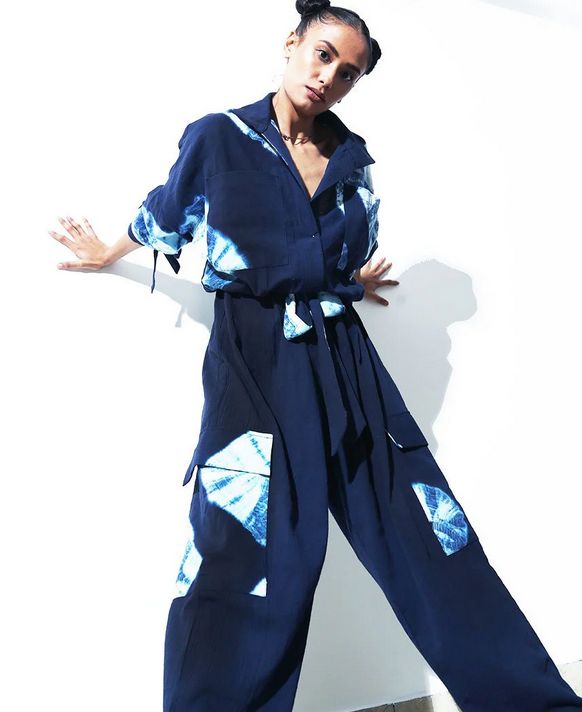
Gautam Gupta, Founder, GG by Asha Gautam
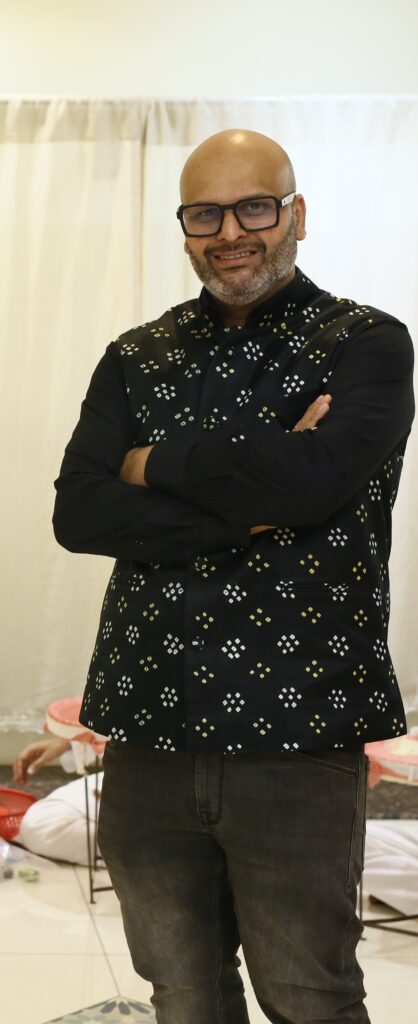
Our party wear designs, including pant suits, gowns, and dresses have been well-received. We consider our theme and mood board, initially focusing on sustainable material construction methods and biodegradable fabrics made from agro-waste, such as rose satin, rose lotus silk, banana mulberry silk (handwoven), bamboo mulberry silk (handwoven), and satin organza. The banana and bamboo mulberry silk are handwoven in Varanasi, where fibers derived from banana and bamboo are interlaced with mulberry silk yarn. Rose satin and rose lotus silk are produced from waste fibers and, though biodegradable, are currently manufactured in mills. We are also experimenting with handwoven rose mulberry silk. We test the fabrics for fit, embroideries, and dyes to understand their properties and potential uses. We applied hand embroidery to all of them to maximise human labor and minimise energy consumption.
From a consumer perspective, there is limited demand for responsible fashion, leading brands to feel less compelled to adopt sustainable practices. The urgency to change is muted by this lack of consumer interest.
Additionally, the longevity of party wear is typically short, especially in the age of social media where the repetition of outfits remains unpopular, making price sensitivity a significant factor in this fashion segment. Consequently, producing party dresses at highly competitive prices often necessitates compromises in either material quality, construction, or both.
Mass production techniques cannot be adapted by brands aiming to ensure fair pay, safe working conditions, and better environments for their artisans. The second major challenge lies in material selection and pricing. The cost difference between sustainable and conventional materials is substantial. For instance, organic cotton costs 30 to 40 per cent more than its non-organic counterpart, while handwoven brocade from Varanasi can be 200 per cent more expensive than a similar replica produced in the textile mills of Surat.
